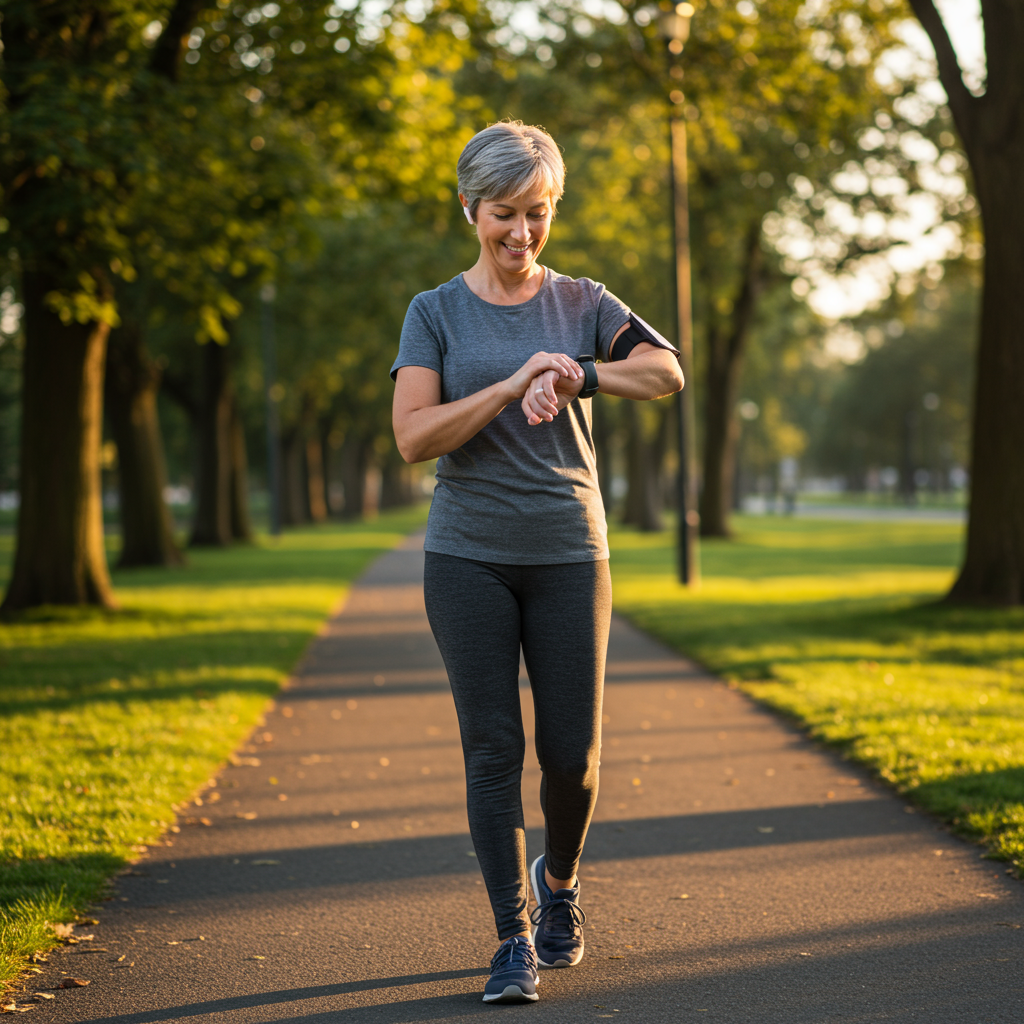From Couch to 5K: My Journey to Blood Sugar Balance Through the Power of Walking
We often hear that exercise is good for diabetes, but nothing brings this truth home like a personal transformation story. Today, I want to share how a simple commitment to walking changed not just my blood sugar readings, but my entire relationship with my body and health.
The Wake-Up Call: When Numbers Don't Lie
Six months ago, my quarterly check-up delivered news I'd been dreading but expecting: my A1C had climbed to 7.9%, my fasting glucose hovered consistently above 160 mg/dL, and my doctor was discussing intensifying my medication regimen. As someone who had been managing type 2 diabetes for five years with minimal success, I felt defeated.
The truth was uncomfortable but simple: my sedentary lifestyle was feeding my disease. Between my desk job and evening Netflix habits, I was logging less than 2,000 steps daily. My body was crying out for movement, and my glucose readings were the alarm I could no longer ignore.

What struck me most was my doctor's gentle suggestion: "Before we adjust your medications, would you be willing to try a walking program for three months?" She explained that consistent, moderate movement could potentially improve my insulin sensitivity more effectively than another pill. Something about the simplicity of this approach resonated with me.
Starting Small: The First Steps Toward Change
I've always been skeptical of extreme fitness transformations, but this wasn't about becoming a marathoner overnight. I downloaded a beginner-friendly "Couch to 5K" app that started with intervals of just 60 seconds of walking alternated with rest periods.
The first week was humbling. Even short walking intervals left me winded, and I felt conspicuous in my neighborhood. But I made three critical decisions that sustained me:
- Morning commitment: I walked first thing at 6:30 am, before my brain could manufacture excuses
- Blood sugar monitoring: I checked my levels before and after each walk
- Small goals: I focused on completing each day's program rather than long-term outcomes
The immediate blood sugar impact was what kept me going those first weeks. After just seven days, my morning fasting numbers dropped from the 160s to the 140s. After two weeks, I was seeing post-walk drops of 30-40 points. My body was responding to this simple intervention in ways medication alone had never accomplished.
The Metabolic Magic of Movement
By month two, I was walking 20-25 minutes without breaks and logging 6,000-8,000 steps daily. The physical changes were becoming evident, but the metabolic transformation was even more remarkable:

- My fasting glucose stabilized in the 110-120 mg/dL range
- Post-meal spikes diminished significantly
- My energy levels remained consistent throughout the day
- I reduced my medication by half (under medical supervision)
What was happening physiologically? Walking was activating my muscle cells to absorb glucose independent of insulin action. Research shows that muscle contraction creates an alternative pathway for glucose uptake, one that remains functional even in insulin-resistant individuals.
Additionally, regular walking was improving my mitochondrial function – the cellular powerhouses that convert food to energy. With each step, I was literally retraining my metabolism to process glucose more efficiently. This wasn't just exercise; it was medicine in motion.
Beyond Numbers: The Holistic Transformation
Today, I've completed my Couch to 5K program and can run/walk a full 5K three times weekly. My latest A1C is 6.2% – within striking distance of remission territory. But the numbers tell only part of the story.
The most profound changes have been in my relationship with my body. I've discovered that:
- Movement is a celebration of what my body can do, not punishment for what I ate
- Blood sugar management is about consistency, not perfection
- Small, sustainable changes outperform dramatic overhauls
- My body wants to heal – it just needs the right environment
Walking has become my non-negotiable daily medicine, but it doesn't feel like a chore. It's become my thinking time, my stress relief, and my connection to the outdoors. On days when motivation wanes, I remind myself: every step is a step away from diabetes complications and toward freedom.

If you're feeling overwhelmed by diabetes management, consider that the most powerful intervention might be the simplest one: put on your shoes and walk out your front door. Your body – and your blood sugar – will thank you for it.
References:
Colberg SR, Sigal RJ, Yardley JE, et al. Physical Activity/Exercise and Diabetes: A Position Statement of the American Diabetes Association. Diabetes Care. 2016;39(11):2065-2079. doi:10.2337/dc16-1728
Röhling M, Herder C, Roden M, Stemper T, Müssig K. Effects of 12 Weeks of Supervised Exercise on Quality of Life and Glycemic Control in Adults With Type 2 Diabetes: A Randomized Trial. J Diabetes Res. 2016;2016:2489263. doi:10.1155/2016/2489263






